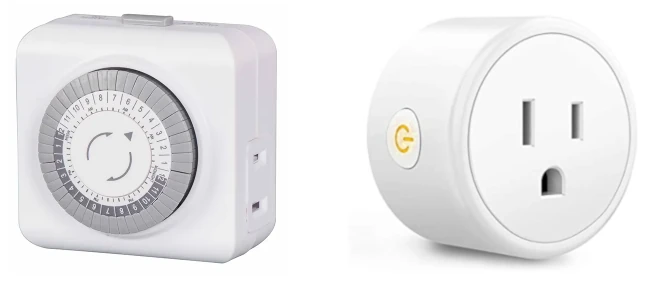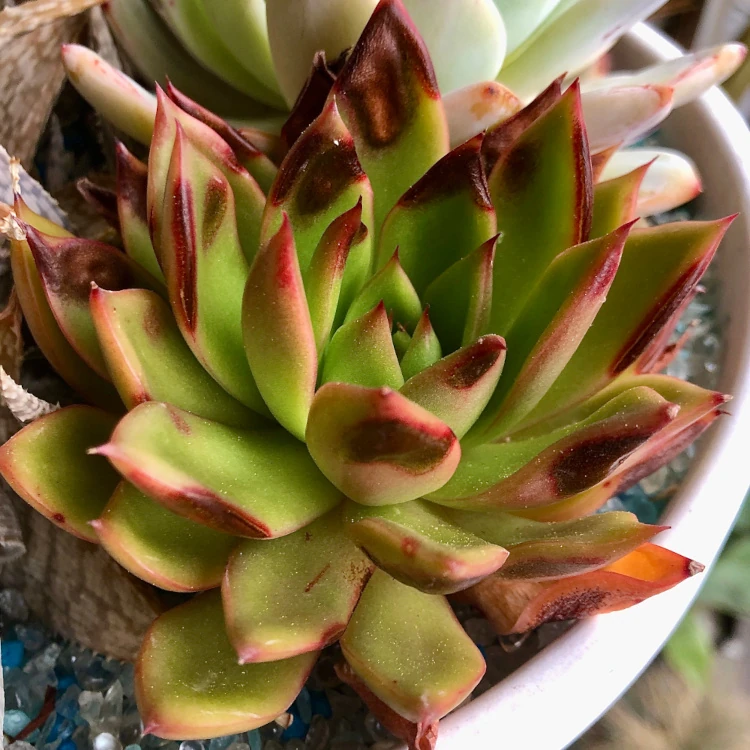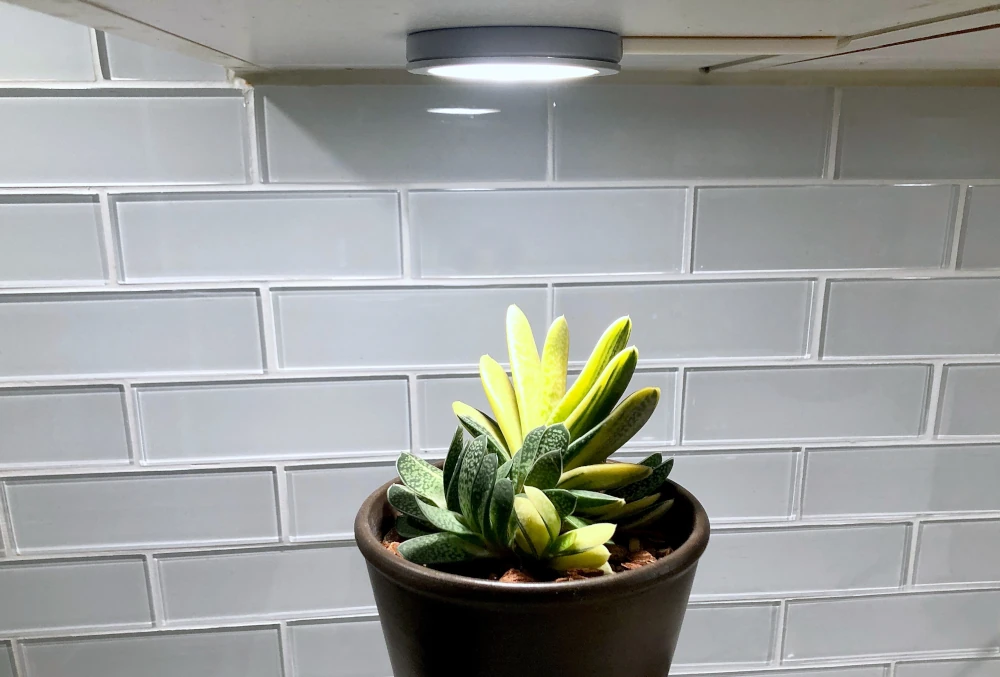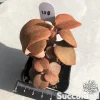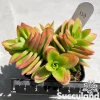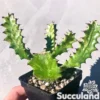Grow Lights

- Direct summer sun at noon: 120000 lux
- Sun with light cloud cover: 30000-40000 lux
- Bright outdoor shade: 10000 lux
- Typical indoor lighting: 1000-5000 lux
- Dim indoor lighting: 500 lux
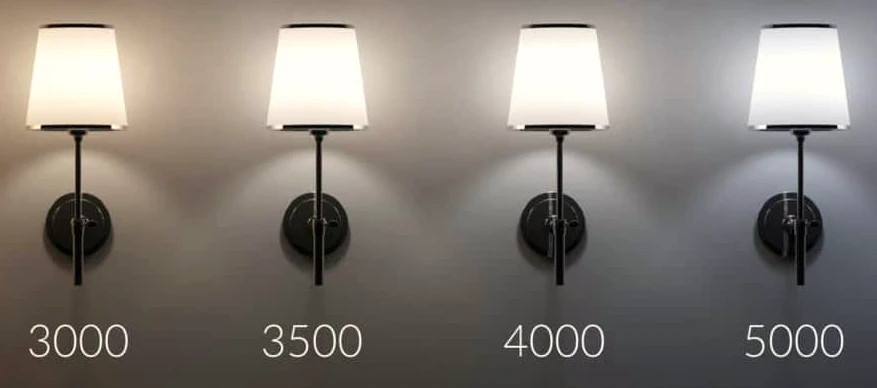
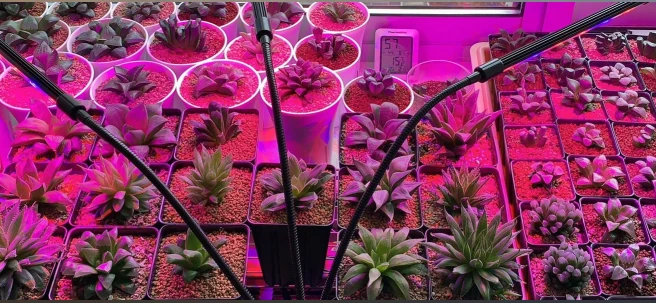
| Outcome | High Light Succulents | Lower Light Succulents |
| Inadequate | Less than 10000 lux | Less than 1000 lux |
| Helps, but prefers more | 10000 – 15000 lux | 2000 – 4000 lux |
| Not bad | 15000 – 20000 lux | 4000 – 7000 lux |
| Ideal for best growth / colour | 20000 – 50000+ lux | 7000 – 15000+ lux |
Once you get your grow lights, it’s time to set them up. This could mean placing them on shelves, in a lamp fixture, etc. Use your lux meter or phone app to measure the intensity: place it where the succulents will be and take note of the reading. Move the lights closer or further from the plants to match the guidelines above. Be sure to measure the entire area where the plants will sit, as the intensity can drop quickly away from the light. The picture here displays this idea; hypothetical readings show how light intensity can vary drastically with proximity to a grow light.

